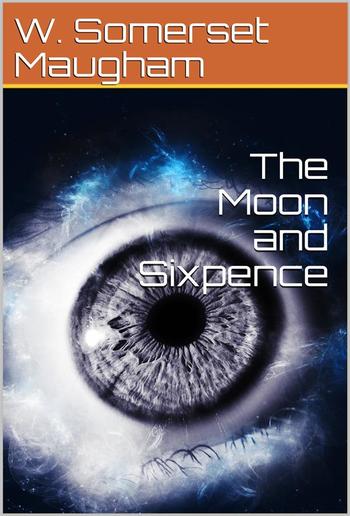
W. Somerset Maugham - The Moon and Sixpence
The Moon and Sixpence
W. Somerset Maugham
Description
The Moon and Sixpence is a novel by W. Somerset Maugham first published in 1919. It is told in episodic form by a first-person narrator, in a series of glimpses into the mind and soul of the central character Charles Strickland, a middle-aged English stockbroker, who abandons his wife and children abruptly to pursue his desire to become an artist. The story is in part based on the life of the painter Paul Gauguin.
Strickland is a well-off, middle-class stockbroker in London sometime in late 19th or early 20th century. Early in the novel, he leaves his wife and children and goes to Paris. (The narrator enters directly into the story at this point, when he is asked by Mrs Strickland to go to Paris and talk with her husband.) He lives a destitute but defiantly content life there as a painter, lodging in run-down hotels and falling prey to both illness and hunger. Strickland, in his drive to express through his art what appears to continually possess and compel him on the inside, cares nothing for physical discomfort and is indifferent to his surroundings. He is helped and supported by a commercially successful but hackneyed Dutch painter, Dirk Stroeve (coincidentally, also an old friend of the narrator's), who recognises Strickland's genius as a painter. After helping Strickland recover from a life-threatening illness, Stroeve is repaid by having his wife, Blanche, abandon him for Strickland. Strickland later discards the wife; all he really sought from Blanche was a model to paint, not serious companionship, and it is hinted in the novel's dialogue that he indicated this to her and she took the risk anyway. Blanche then commits suicide – yet another human casualty in Strickland's single-minded pursuit of art and beauty; the first casualties being his own established life and those of his wife and children.

